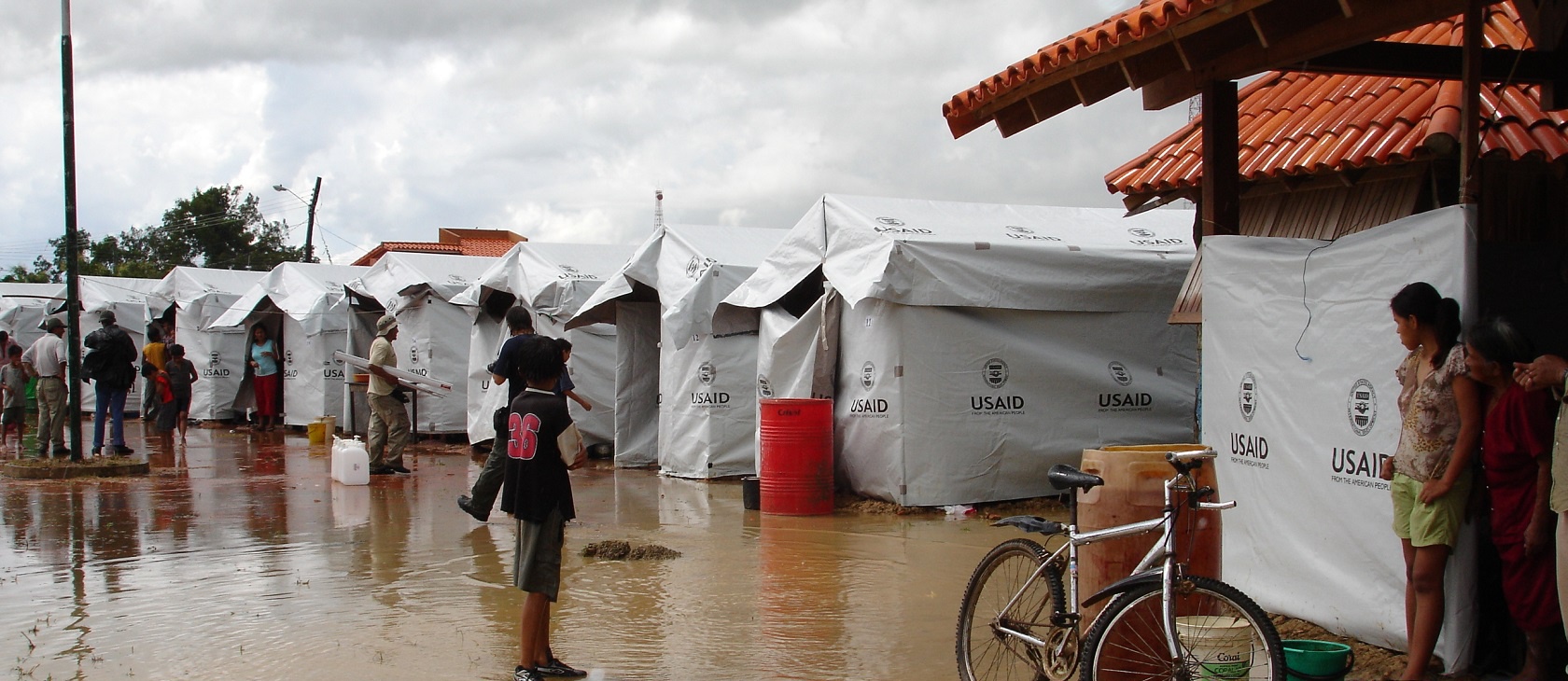In case you missed it – understandably – in the barrage of news stories and Saint Patrick’s Day posts last week, a group of 106 faith leaders have collaborated on a letter they have signed and sent to the Democrat and Republican leadership of both houses of Congress. The letter implores Congress not to reduce the size of the U.S. International Affairs Budget, and was occasioned by President Donald J. Trump’s proposed budget for the coming fiscal year.
Since the final passage of the Budgeting and Accounting Act of 1921, the president has been charged with delivering a proposed budget to Congress no later than the first Monday in February. Far from final, this “executive budget” usually serves as a starting point for budgetary discussions and negotiations.
In Trump’s proposed budget, he asks Congress for a $10.9 billion reduction – roughly 28 percent – of the funds currently allocated to international diplomatic and aid programs, and channeled through institutions such as the State Department and the United States Agency for International Development (USAID). Though these numbers sound large, keep in mind that the overall federal budget lies north of $3 trillion, making the share of federal budget funds devoted to international affairs – currently around $50 billion -- less than one percent of total spending. Along with proposed cuts elsewhere, the suggested reduction in the portion of the budget designated for international affairs would be reallocated to Trump’s proposed increases in national defense.
Many programs are not even evaluated on basic performance.
The president is not the first to suggest that cuts to international affairs spending might be worth considering. Late last year the nonpartisan Congressional Budget Office (CBO) specifically evaluated reductions in international affairs funds as one of several options aimed at deficit reduction over the next ten years. In their proposal, international affairs funding would be reduced by 25 percent: not far off from the president’s own proposed reduction, albeit with a different goal.
In weighing costs versus benefits of such a cut, the CBO cites a June 2016 Congressional Research Service report that concluded, “In most cases, clear evidence of the success or failure of U.S. assistance programs is lacking, both at the program level and in aggregate.” The report explains why in its summary:
… historically, most aid programs have not been evaluated for the purpose of determining their actual impact. Many programs are not even evaluated on basic performance. The purpose and methodologies of foreign aid evaluation have varied over the decades, responding to political and fiscal circumstances … Persistent challenges to effective evaluation include unclear aid objectives, funding and personnel constraints, emphasis on accountability for funds, methodological challenges, compressed timelines, country ownership and donor coordination commitments, security, and agency and personnel incentives. As a result of these challenges, aid agencies do not undertake evaluation of all foreign aid activities, and evaluations, when carried out, may differ considerably in quality.
While the Congressional Research Service and the CBO humbly confess they simply do not know whether, or to what extent, international aid results in better outcomes – either for us or for the rest of the planet’s population – the 106 faith leaders mentioned above appear quite certain in their claim that, with a mere one percent of the federal budget, “the International Affairs Budget has helped alleviate the suffering of millions; drastically cutting the number of people living in extreme poverty in half, stopping the spread of infectious diseases like HIV/AIDs and Ebola, and nearly eliminating polio.”
These are bold claims -- especially given the ambivalence of the CBO and the Congressional Research Service regarding the alleged impact of initiatives like direct aid.
It hasn’t been aid that has lifted people out of poverty, but trade and access to markets.
While many of the world’s politicians would like to take credit for cutting extreme global poverty in half in just 20 years, and the aforementioned faith leaders seem quite ready to thank politicians for their achievements, the source of this success is far simpler: economic growth. As the Economist magazine has put it, “ … the biggest poverty-reduction measure of all is liberalising markets to let poor people get richer. That means freeing trade between countries … and within them.”
It hasn’t been aid that has lifted people out of poverty, but trade and access to markets.
And such economic growth normally occurs most easily in places that possess a few essential elements that provide a fertile environment in which economic growth can take hold: rule of law; private property; free association and exchange; access to markets; a culture of trust; and a vital network of churches, communities, and cultures that encourage respect for the dignity of the human person.
This is not to say that there is no role for foreign partners, whether private or public ones, in helping the remaining “bottom billion” forge a pathway out of poverty. For example, in an NBER working paper prepared for the World Economic Forum, Elsa Artadi and Xavier Sala-i-Martin identify some of the key factors that continue to hold back many African nations, including “low levels of education, poor health, adverse geography, closed economies, too much public expenditure and too many military conflicts.” We will need to think far more creatively, and be far more patient, as we work to overcome obstacles like these that lie along the pathways out of poverty for much of Africa.
Let me be clear: I am not arguing either for or against the president’s proposals regarding international affairs. I am merely pointing out that the faith leaders’ claim that the U.S. International Affairs Budget has cut global poverty in half grossly overstates what government aid alone can accomplish.
Header image used under Creative Commons license (CC BY-SA 2.0), some modifications made.




